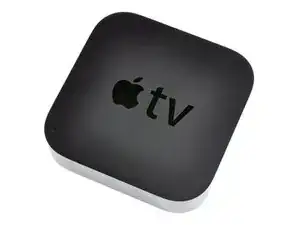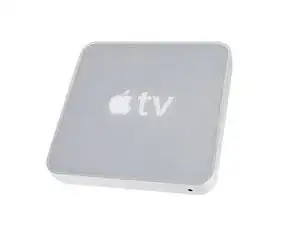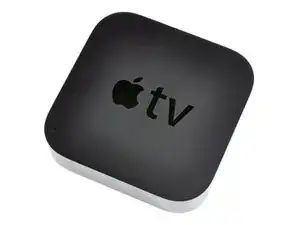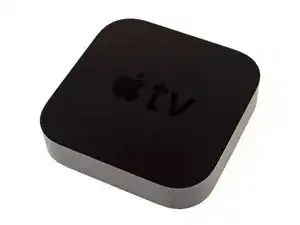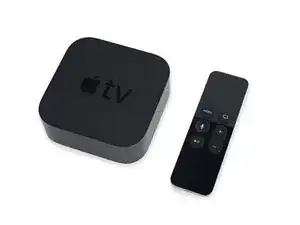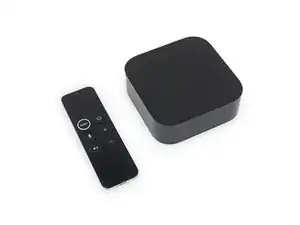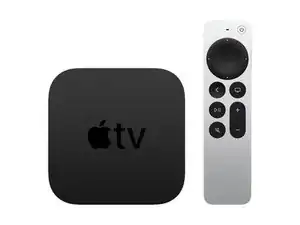Background
The Apple TV is a media player and streaming box unveiled by Apple in September 2006. The Apple TV connects to a television screen or monitor to play movies, TV shows, music, and access streaming services once connected to the internet.
The Apple TV has received major updates to the form factor, processor, and software since 2006. The first generation Apple TV was introduced by Steve Jobs as the “iTV,” but the name was already held by a British television network and so it had to be changed. This original model requires a computer to stream or sync media and runs a modified version of Mac OS X. The first generation is also the only model to use an Intel processor.
The second and third generations—released in 2010 and 2012—use Apple’s ARM silicon and run a version of iOS, the operating system used on the iPhone and iPad. Unlike the first version, these models dropped the component video output and replaced the internal hard drive with soldered flash storage.
In 2015 and 2017 Apple released the fourth and fifth generations of the Apple TV with updated processors and increased storage. Apple rebranded the iOS variant used on previous models to “tvOS“ and introduced an App Store specifically for Apple TV applications. The fifth generation supports 4K video output and HDR (high dynamic range).
The Apple TV can be controlled with the remote included in the box, via the Remote app on iOS, or with a Bluetooth keyboard.
Identification
You can identify your exact model by following this guide from Apple, or you can find the serial number on the bottom of the device and use Apple’s serial number lookup if that sounds more fun.
